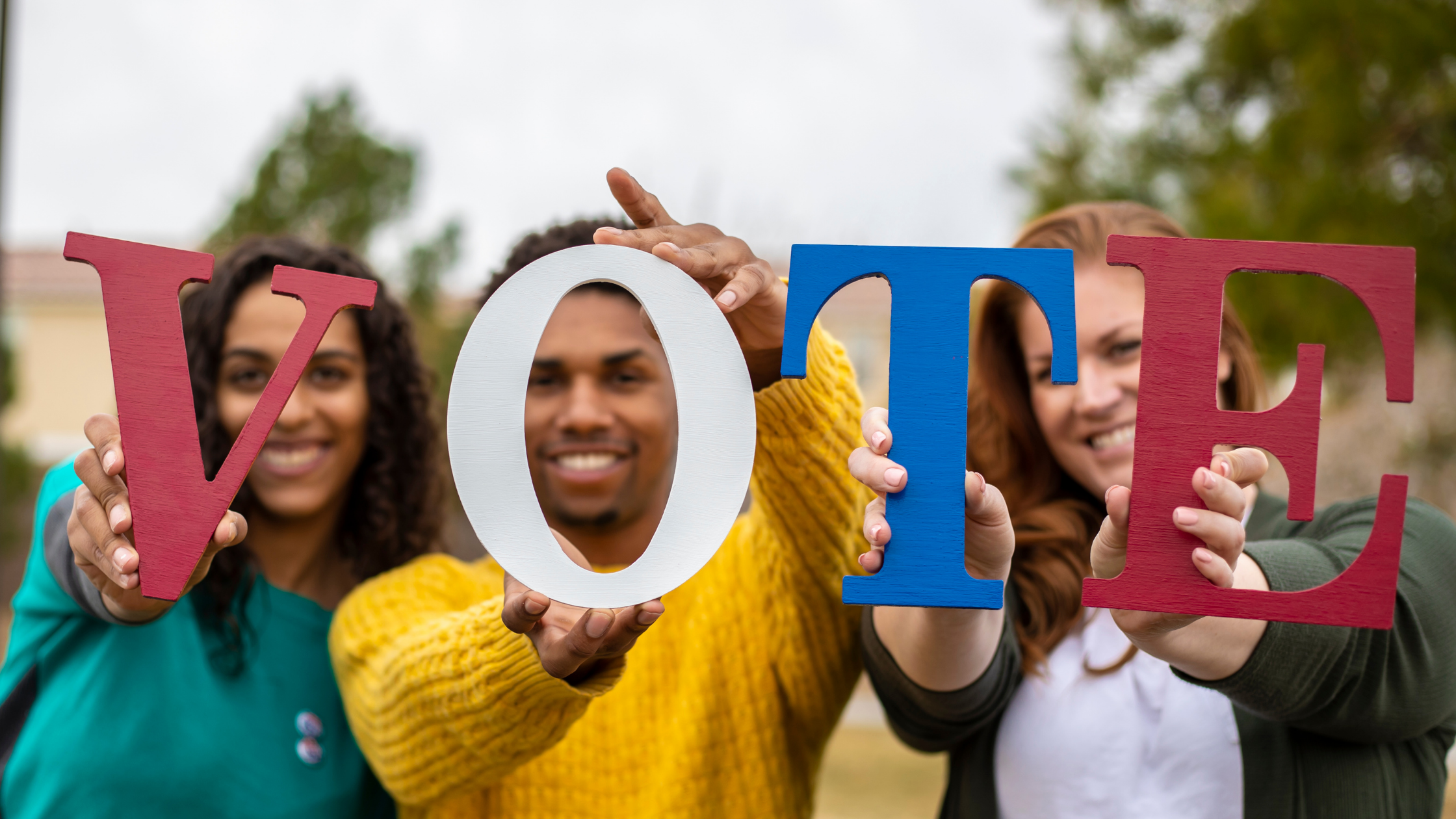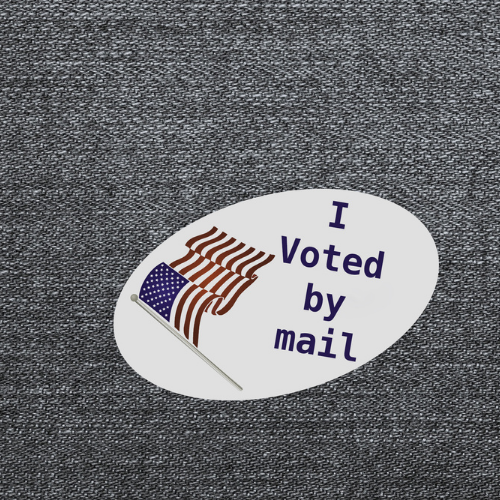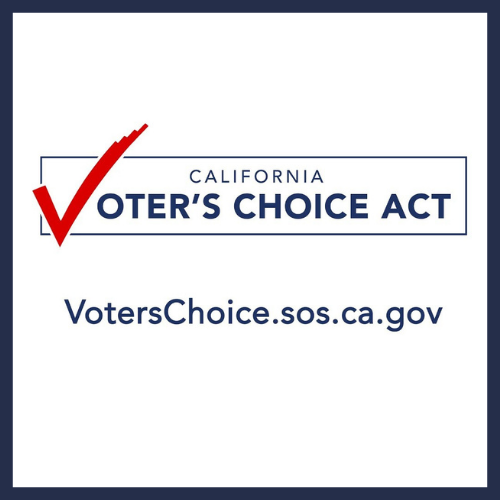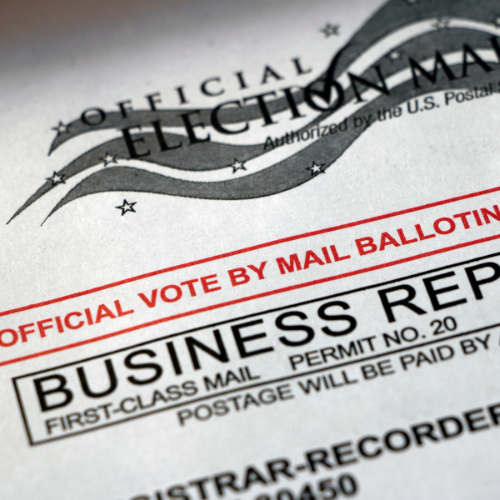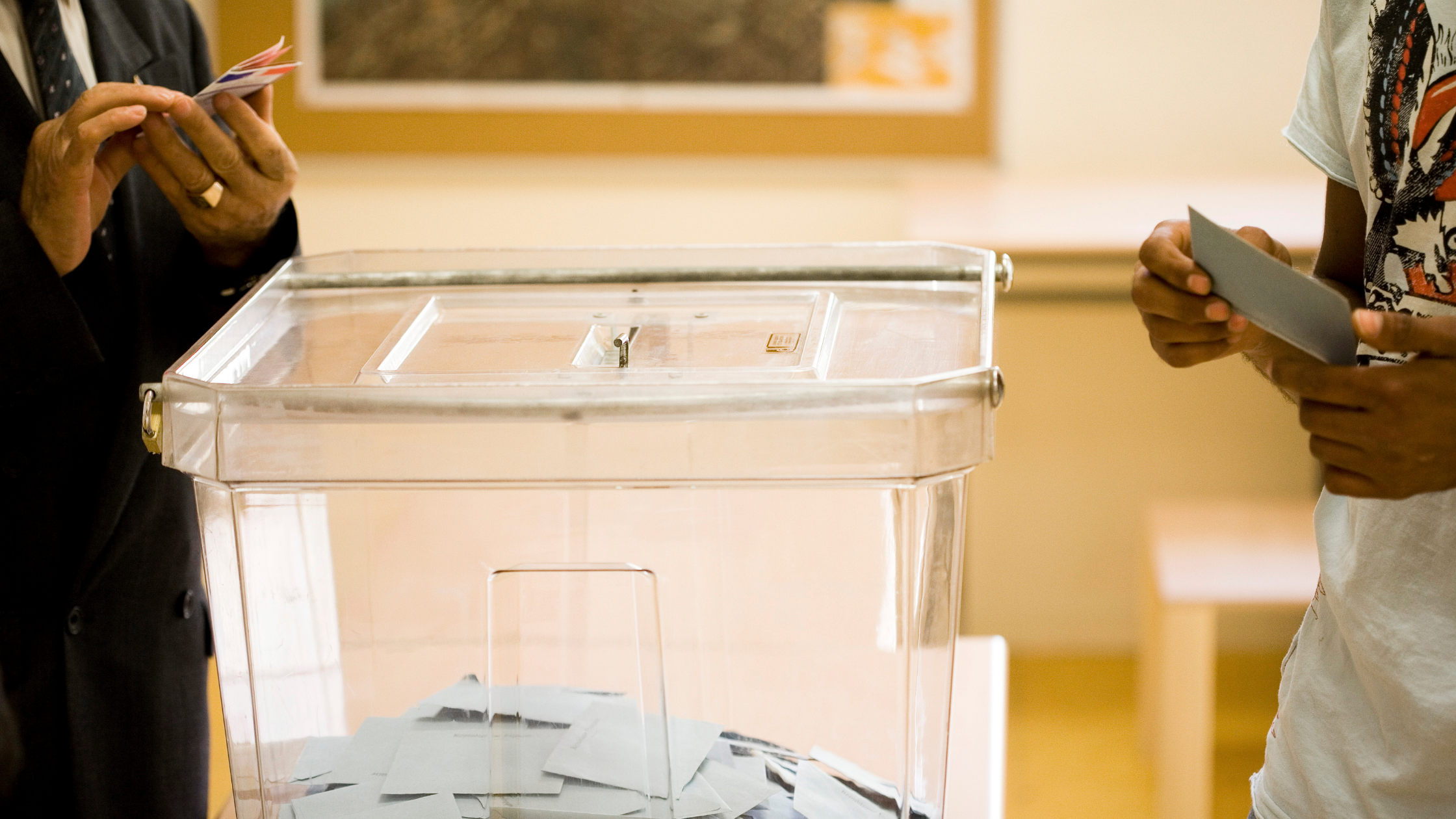From the authors: “In response to COVID-19, many scholars and policymakers are urging the United States to expand voting-by-mail programs to safeguard the electoral process, but there are concerns that such a policy could favor one party over the other. We estimate the effects of universal vote-by-mail, a policy under which every voter is mailed a ballot in advance of the election, on partisan election outcomes. We find that universal vote-by-mail does not affect either party’s share of turnout or either party’s vote share. These conclusions support the conventional wisdom of election administration experts and contradict many popular claims in the media. Our results imply that the partisan outcomes of vote-by-mail elections closely resemble in-person elections, at least in normal times.”
State Voting Policy Changes to Deal with COVID-19
As a result of the COVID-19 pandemic, many states implemented temporary policies to expand access to mailed-out ballots in an effort to provide safe voting options. National Vote at Home Institute compiled a list of these changes, effective May 2020.
Vote at Home: What is it? Best Practices and Lessons learned
This purpose of this document is to give citizens, civic organizations, policy advocates, and local, state, federal, and tribal government officials (including election administrators) important facts and background about what we refer to as “Vote at Home – VAH” election systems (also often called “All Vote by Mail” elections).
MIT Demographics on Voting at Home
The tables here address the following questions:
Who voted by mail in the 2016 presidential election, by salient demographics (i.e., age, race, education, income, partisanship)?
Who supports expanded voting by mail?
How do people return mail ballots?
Examining the Voter Choice Act and Vote Center Implementation in California
This study evaluated California’s Voters Choice Act and the effects on turnout and voting methods.
Abstract: “In 2018, California implemented a series of voting reforms under the new Voters Choice Act. Counties were allowed to opt in to the program rather than be required by law. Five counties, Madera, Napa, Nevada, Sacramento and San Mateo, implemented the changes for the 2018 primary and general elections. This paper examines the effects from the adoption of the Voter Choice Act in 2018 in terms of turnout and voting methods, with a focus on the shift toward vote by mail. The goal of this study is to better understand who is voting when and how in the revamped California election environment. Results show that when given multiple convenience options such as vote by mail and vote centers with early voting hours, voters overwhelmingly choose to vote by mail. Results also suggest than when voters change their behavior in a reform environment, the majority move from in person voting to vote by mail rather than vice versa.”
Considerations for Adopting Vote at Home in Connecticut
Foreword: “This report was prepared in response to Connecticut Governor Dannel P. Malloy’s Executive Order No. 64 issued in February 2018, directing “an analysis of the potential methods and requirements to implement voting by mail for all local, state and federal elections.” The report was prepared with assistance from the National Vote at Home Institute (NVAHI), a 501(c)(3) organization, at the request of and under the direction of the Office of the Governor and the Office of Policy and Management, and in consultation with the Office of the Secretary of the State.”
Catalist Report 2018 Absentee by State by Age
Catalist and NVAHI have discussed the 2018 absentee and early vote totals and the impact of age. Below, we present the absentee and early vote (AVEV) distribution within the AVEV states in 2018, by age. The AVEV vote does not necessarily represent the general election electorate in each state – states vary in their adoption, and the regulations governing who can legally vote early or absentee – but in many states the AVEV vote represents a significant portion of the total 2018 vote.
Evidence for the Positive Turnout Effects of Mail Voting in Participating Utah Counties
In the 2016 general election, 21 counties in Utah administered voting entirely by mail, while eight counties administered traditional polling place-based voting. Using vote propensity scores to control for voters’ pre-existing differences in likelihood to vote, we show that the advent of vote-by-mail increased turnout by 5-7 points. Low-propensity voters, including young voters, showed the greatest increase in turnout in vote-by-mail counties relative to their counterparts in non-vote-by-mail counties. We find similar results by zooming in on specific geographic areas within Utah where vote-by-mail counties are bordered by non-vote-by-mail counties, with magnitudes of 4-9 points of increased turnout. In one mountaintop community that happened to be bisected by a county line, the increase in turnout due to vote-by-mail may have been as high as 12.5 points.
Oregon Public Broadcasting: Statewide Survey on Vote at Home Policies
Comprehensive statistics on Oregon voters view of their system of full voting at home.
Colorado Voting Reforms: Early Results
Nearly three years ago, significant changes to Colorado election law necessitated an overhaul of the state’s voting process. The Voter Access and Modernized Elections Act of 2013 mandated that mail ballots be sent to every registered voter for most elections; eliminated assigned polling places while establishing voter service and polling centers where any voter in a county can cast a ballot—either early or on Election Day; authorized inperson same-day registration; and shortened the state residency requirements for voter registration.


